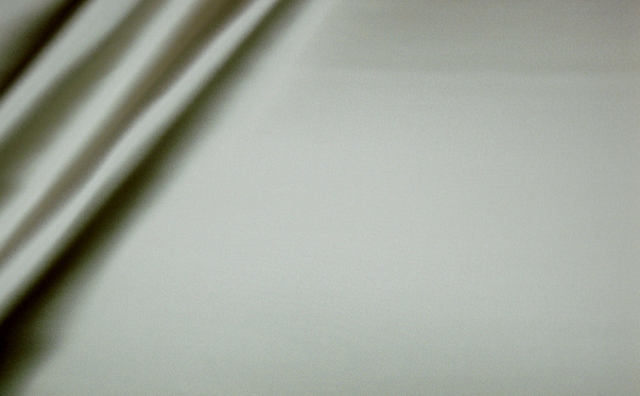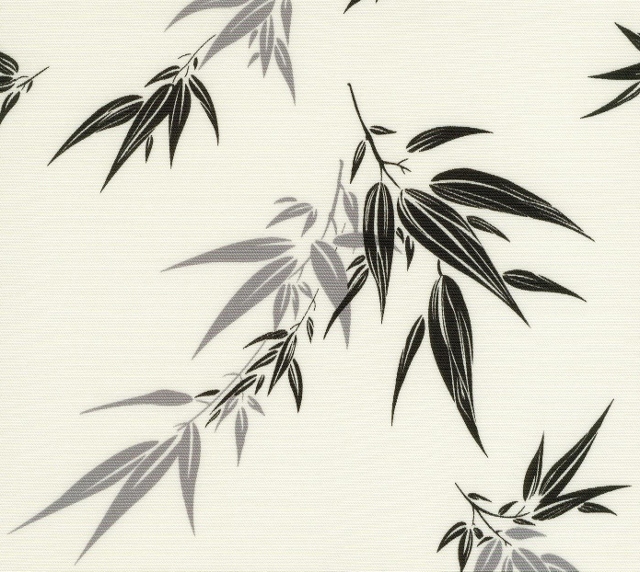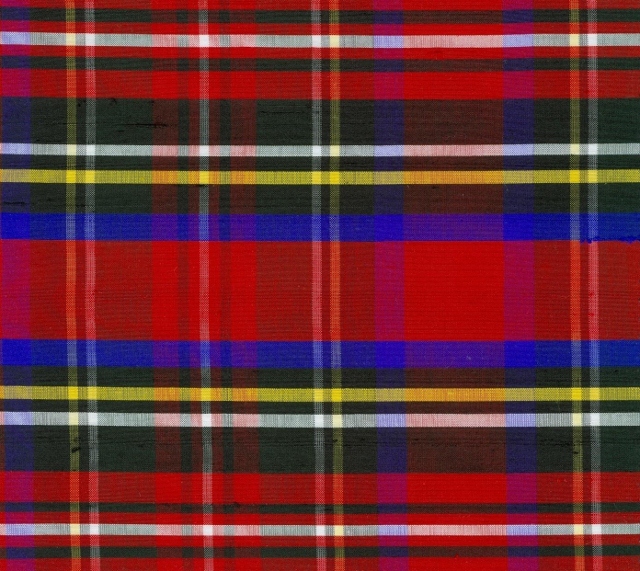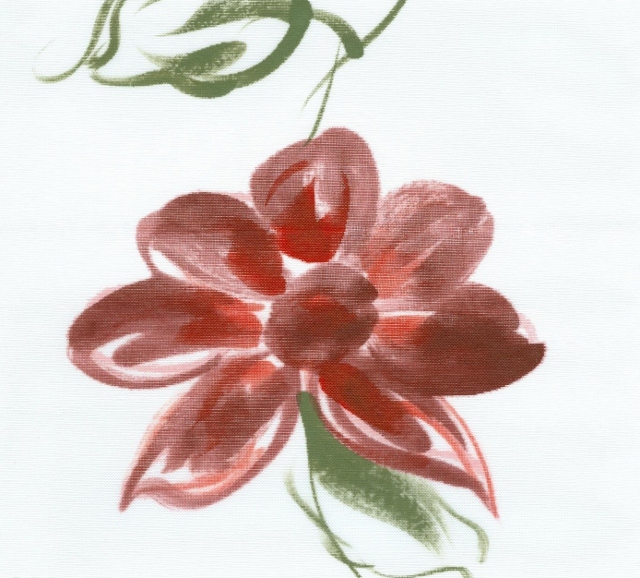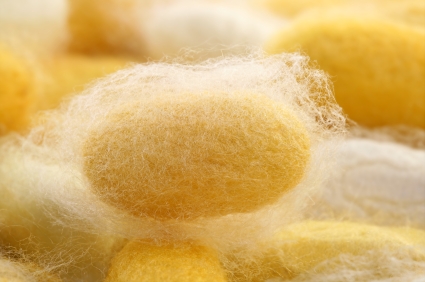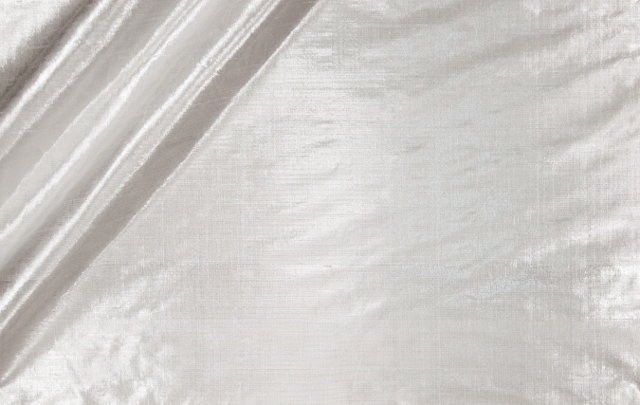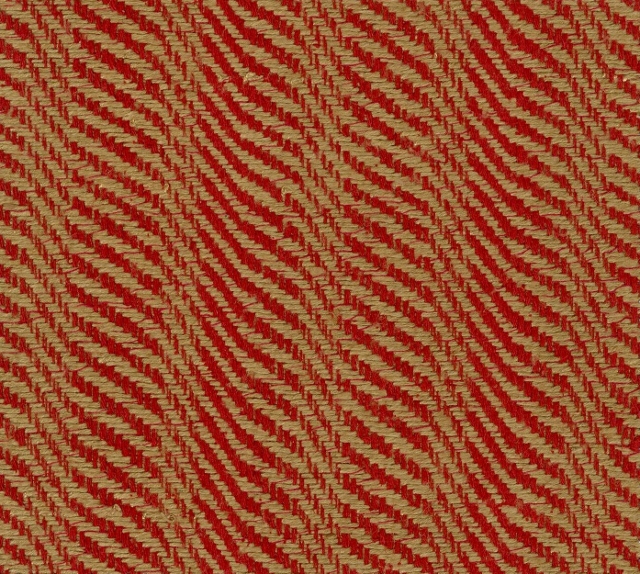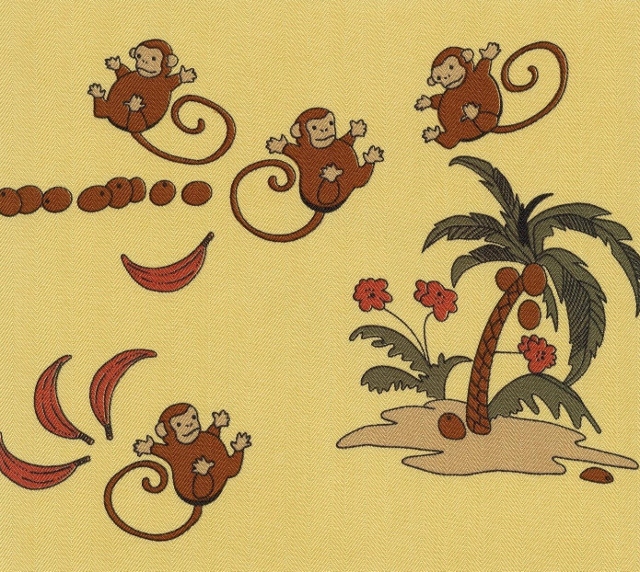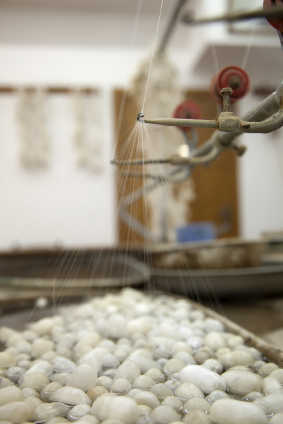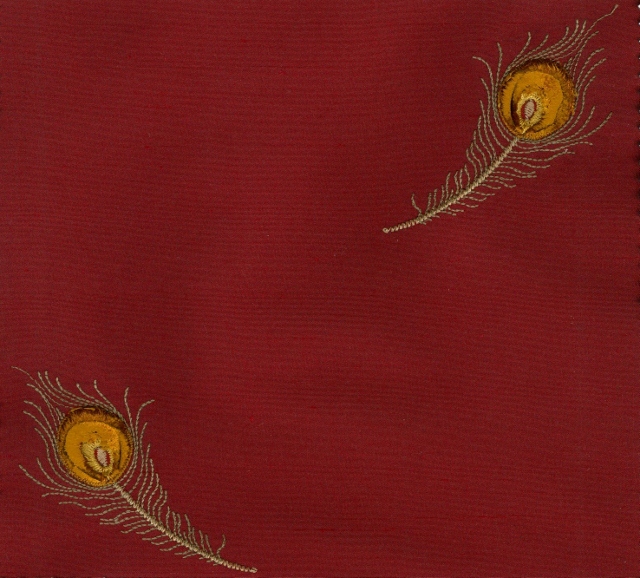Silk Fabric - Wholesale and Retail Silk Fabric

Call or Text Toll Free 1-877-877-3069
About Silk
The highest quality silk fabric is produced using commercially cultivated silkworms raised exclusively for silk production. This process is referred to as sericulture. When a silk cocoon produced by the most commercially desirable Bombyx Mori silkworm is unwound or reeled a continuous cocoon thread referred to as a bave is produced. The bave is not a perfectly round thread, but instead has a cross section resembling a triangle. Many bave must be "thrown" or combined to produce a single yarn thick enough for the weaving process, and many yarns are used to weave the silk fabric. Once woven, silk fabric consists of thousands of small triangular threads. These small triangular threads reflect light like snow on a sunny day, or a diamond with many facets. This is why pure silk fabric has a look and feel unequaled by anything made with manufactured fibers.
Wild silk such as tussah has a very different look because the cocoon thread or bave has a different cross sectional shape, more like a wedge rather than a triangle. The wedge shape of the tussah bave reflects light differently and provides tussah fabric with a unique look. Wild silks such as tussah are not as highly prized as silk made from the mulberry leaf eating Bombyx Mori. This is because the threads are not uniform in color and texture, and because the cocoons of the wild silkworms are not as easily unwound or reeled as a result of being covered with a layer of naturally occurring minerals. Even after de-mineralizing the cocoons that are intact, many of the cocoons used in the manufacturing process have been broken open by the moth resulting in the thrown threads being made out of many short pieces. The end result is a fabric that is not very strong with many more surface irregularities, compared to silk fabric produced using threads from the cultivated Bombyx Mori. Additionally wild silks such as tussah are more difficult to dye since the threads are not uniform in color.
With silk being a natural fiber, it is to be expected that minor surface irregularities will occur during the weaving process. This explains why many fabrics such as doupioni have what are referred to as slubs. These small surface irregularities or slubs - if kept to a reasonable limit - are considered to be desirable and tell the world that you are using silk. Minor surface slubs should not be considered a defect. Sueded silks have been treated with special techniques to achieve the final appearance. Gentle shading and slight creases are characteristic of this method and should not be considered as defects, but rather should be viewed as an addition to the luxury of a fine silk fabric.
